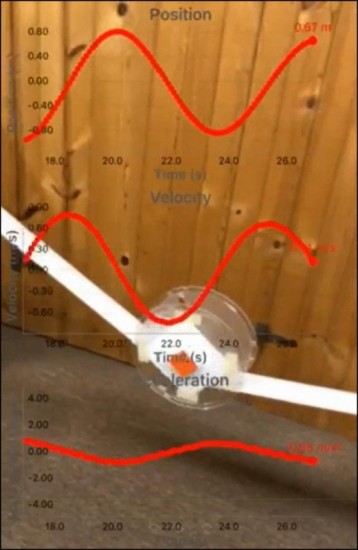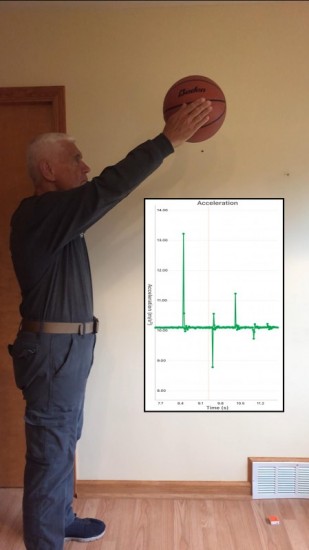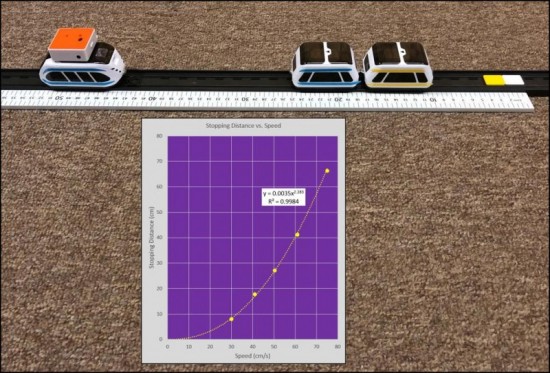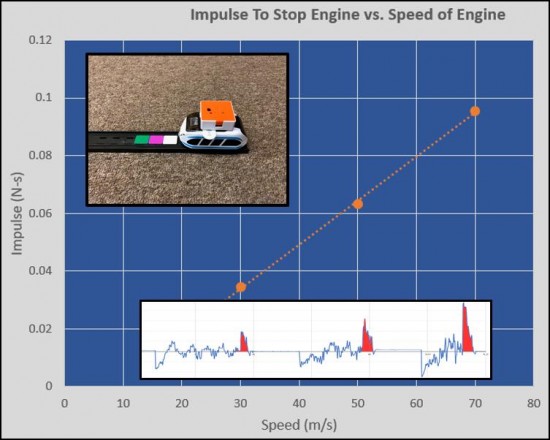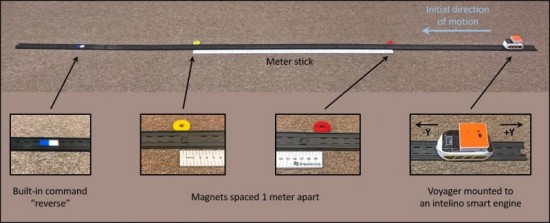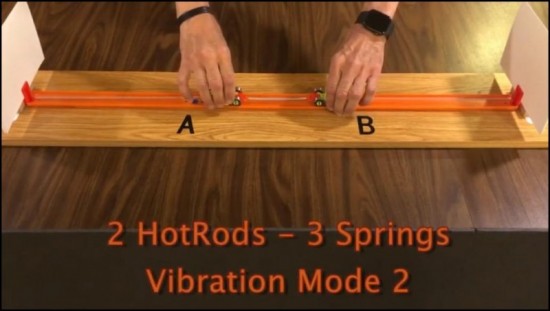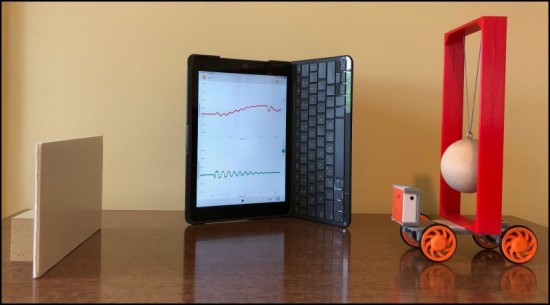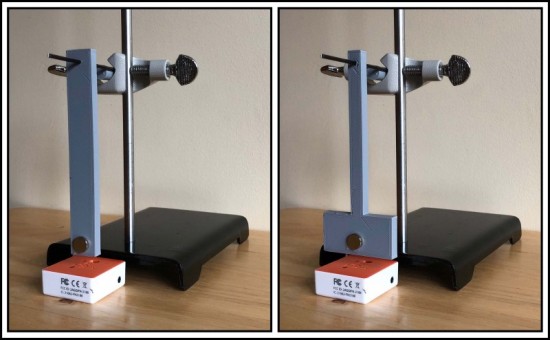Periodic Motion of an Empty 3D Filament Reel
Introduction
Don't discard your school's empty 3D filament reels. There's a good chance that you and your students could come up with some interesting physics lab investigations using these reels. Attach Voyager or PocketLab One to the reel and the possibilities are endless! This lesson describes a unique experiment in which periodic motion is investigated using an empty 3D filament reel. Depending on the teacher's goals and amount of detail in the analysis of collected data, this lab could be used from the 4th grade through high school. The

